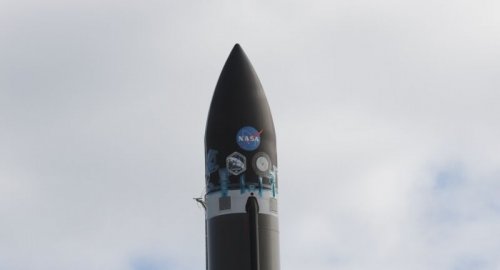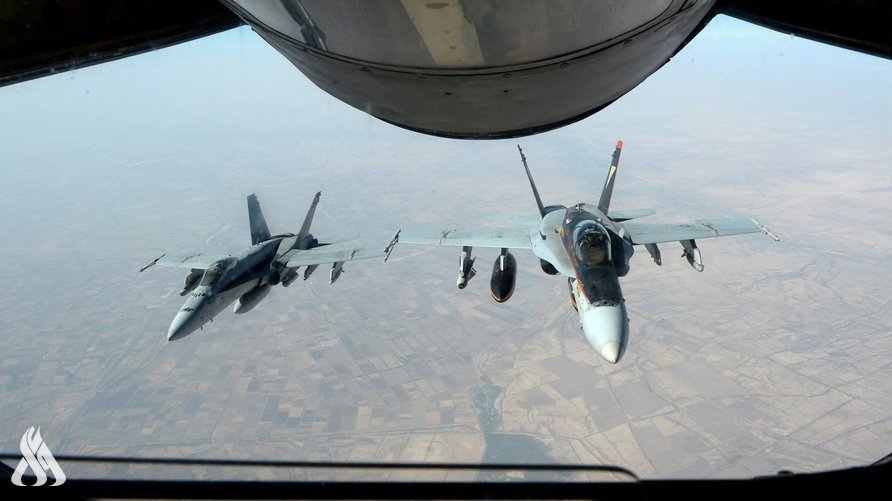
Successfully arrived, the first cubesat to fly and operate at the Moon

- 14-11-2022, 20:30
INA – SOURCES
After a journey of nearly five months, taking it far beyond the Moon and back, the little CAPSTONE spacecraft has successfully entered into lunar orbit.
"We received confirmation that CAPSTONE arrived in near-rectilinear halo orbit, and that is a huge, huge step for the agency," said NASA's chief of exploration systems development, Jim Free. "It just completed its first insertion burn a few minutes ago. And over the next few days they'll continue to refine its orbit and be the first cubesat to fly and operate at the Moon."
This is an important orbit for NASA, and a special one, because it is really stable, requiring just a tiny amount of propellant to hold position. At its closest point to the Moon, this roughly week-long orbit passes within 3,000 km of the lunar surface, and at other points it is 70,000 km away. NASA plans to build a small space station, called the Lunar Gateway, here later this decade.
But before then, the agency is starting small. CAPSTONE is a scrappy, commercial mission that was supported financially, in part, by a $13.7 million grant from NASA. Developed by a Colorado-based company named Advanced Space, with help from Terran Orbital, the spacecraft itself is modestly sized, just a 12U cubesat with a mass of around 25 kg. It could fit comfortably inside a mini-refrigerator.
The spacecraft launched at the end of June on an Electron rocket from New Zealand. Electron is the smallest rocket to launch a payload to the Moon, and its manufacturer, Rocket Lab, stressed the capabilities of the booster and its Photon upper stage to the maximum to send CAPSTONE on its long journey to the Moon. This was Rocket Lab's first deep space mission.
US Central Command: We killed ISIS terrorist leader Abu Yusuf in Syria
- International
- 24/12/20
Liverpool compete with Real Madrid to sign Olympique Lyonnais star
- Security
- 24/12/19
ISC, ADX discuss Strengthening Economic Ties
- Economy
- 24/12/16
Iraq assumes presidency of Arab Investment Company’s Executive Board
- Economy
- 24/12/17












